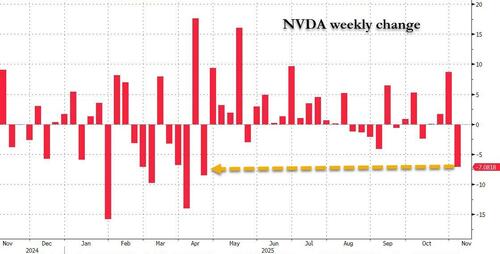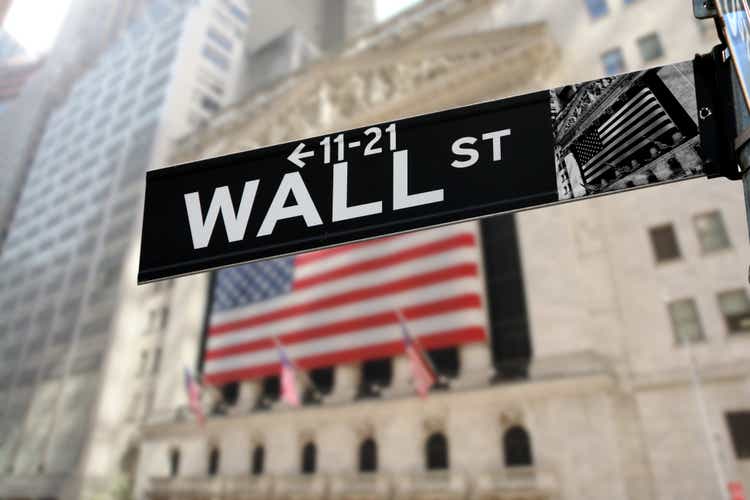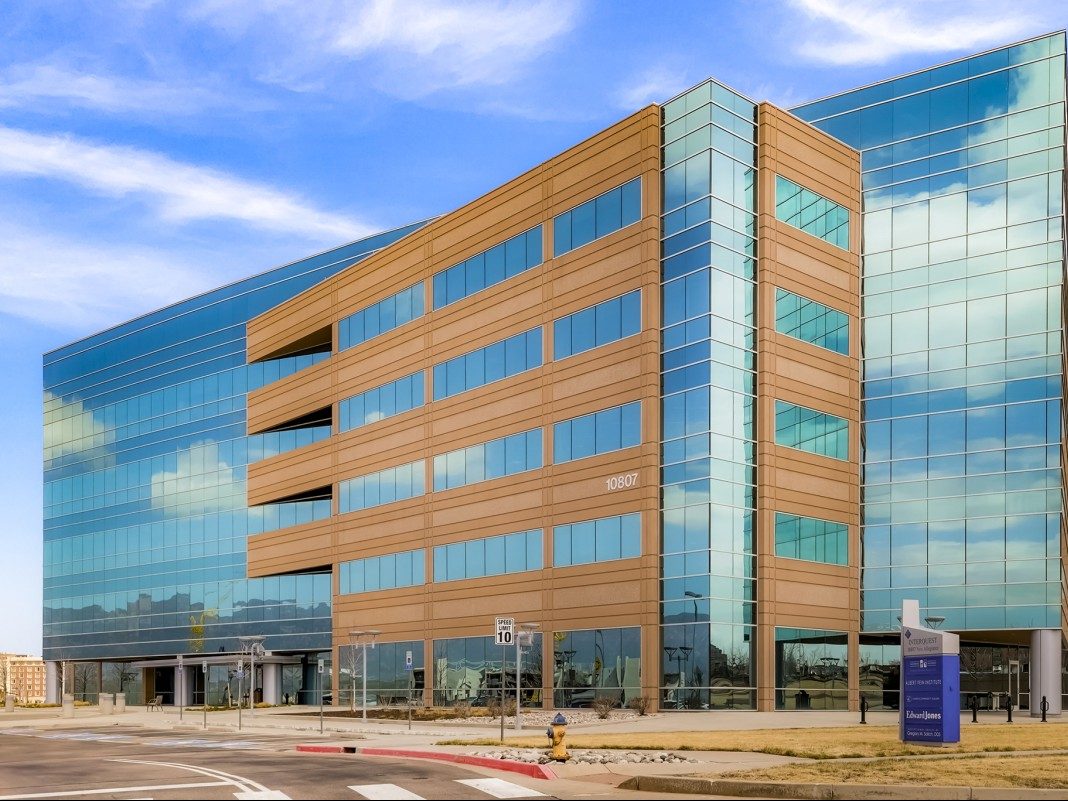Much of the world is battling an inflation fire. The debate last year over whether the price pressures are transient or not has faded away. Now very few believe that inflation will go away on its own. The big question being asked today is whether central banks have done enough to get inflation under control. Financial markets seem to be betting on the possibility that inflation is near its peak in many major economies.
The historical record shows that inflation moves up quickly but takes its own sweet time to come back down from its peak towards its target. In other words, disinflation can stretch over a far longer period of time than the preceding increase in inflation. Three economists have looked at the actual record over the past three decades in a recent paper. Andres Blanco, Pablo Ottenello, Tereza Ranosova have presented empirical evidence to illustrate the aftermath of large inflation surges, and what this means for policymakers (The Dynamics of Large Inflation Surges, NBER Working Paper 30555).
Blanco, Ottenello and Ranosova define an inflation surge in two ways. First, episodes of high inflation in the right tail of the distribution, or above the 90th percentile. The threshold beyond which they describe an increase in inflation as a surge is 2.1 percentage points. The median of the 112 such episodes of an inflation surge they find since 1990 is 3.8 percentage points.
You might also like
Three next-gen Tatas put on a Tata trust board
So, what’s the big deal about the blue tick anyway?
FY24 capex goal may be raised to ₹10 trillion
How Bengaluru airport is bridging the gap with Delhi, Mumbai
Second, a lot also depends on the inflation characteristics of individual countries. An increase in inflation in one country from 2% to 4% is quite different from a similar increase in another country from 8% to 10%. The three economists have looked at the inflation experience of each country to define an inflation surge when price pressures increase by more than 1.65 standard deviations from its mean over the past 10 years. They identify 65 episodes using this definition.
There are three broad learnings from the study of inflation surges. First, disinflation is a slower process than the initial increase in inflation. The average duration of an inflation surge is either 1.5 years or 1.1 years, depending on which of the two definitions of an inflation surge is used. On the other hand, the average duration of the subsequent disinflation is 4.4 years or 3.2 years. This means that the disinflation process is on average about three times longer than the inflation surge.
Second, an inflation surge generally tends to push up inflation expectations over the short term. Forecast errors of one-year-ahead inflation—or the difference between actual inflation and previous inflation expectations—increase by 4.3 percentage points in the first year of an inflation surge, and then go back to their pre-surge levels after two years. Inflation expectations for five years ahead go up by less but are more persistent, increasing by 0.3 percentage points but remaining stuck there through the disinflation process.
Third, Blanco, Ottenello and Ranosova show that nominal interest rates go up by an average 2.6 percentage points following an inflation surge and remain high through the subsequent disinflation. However, real interest rates computed from one-year-ahead inflation forecasts do not increase much through either the inflation or disinflation process. This is a surprising result. There is no large tightening of fiscal balances observed either.
There is no doubt that what most large economies are experiencing today is an inflation surge that will take its time to dissipate. Inflation expectations have also been rising as a result of the price shock. However, when the two criteria suggested by Blanco, Ottenello and Ranosova to define an inflation surge are applied to individual countries, it is clear that the picture is more nuanced at the level of individual countries. What follows is a quick analysis of the inflation situation in India and the US.
The US is facing a far more serious inflation challenge than India. Average annual inflation in the US is 2.48%. It is expected to be 8.05% for 2022, or 6.19 percentage points above its average level of the previous 10 years. The situation is different in the case of India. Average inflation in 2022 is expected to be 6.89%, or 1.08 percentage points higher than its 10-year average. Additionally, if we use the threshold of 1.65 standard deviations to examine the record in these two countries, then the current rise in Indian inflation does not qualify as an inflation surge, while the price situation in the US most certainly does.
This does not necessarily mean that we should be sanguine about the inflation situation in India. Inflation has been above the upper limit of the formal inflation target for 21 of the 31 months since January 2020, and the monetary policy committee is preparing to draft its mandatory letter to the government to explain why it has failed to meet the inflation target for three consecutive quarters. However, the calibration of the monetary policy response may need to be different from that in countries such as the US.
The broader global lesson is that even if we accept the optimistic view that inflation has peaked in many countries, the process of disinflation may be slower than what many in financial markets expect.
Niranjan Rajadhyaksha is CEO and senior fellow at Artha India Research Advisors, and a member of the academic advisory board of the Meghnad Desai Academy of Economics.
Elsewhere in Mint
In Opinion, Vivek Kaul tells how to rid the GDP of male chauvinism. Arpita Mukherjee & Eshana Mukherjee explain why we have not gained from our FTAs. Long Story exposes an accounting twist that just erases emissions.
Download The Mint News App to get Daily Market Updates.
More
Less














